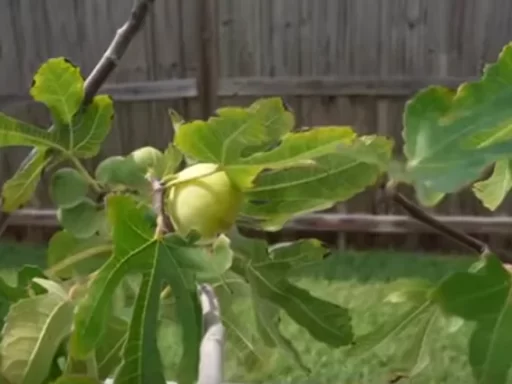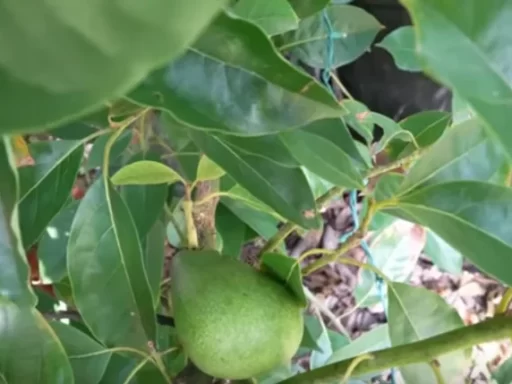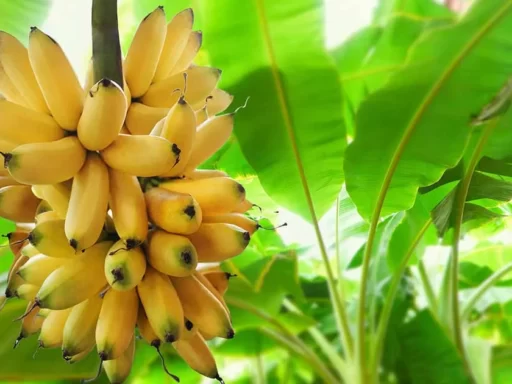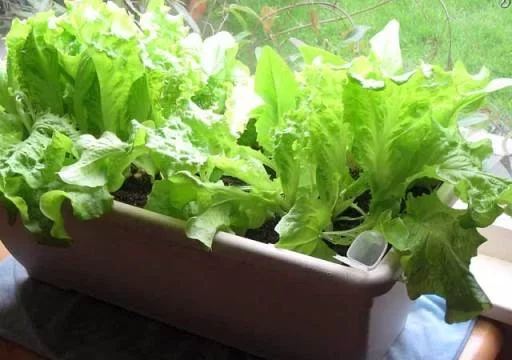Cucumbers are a popular vegetable to grow, but they can sometimes present challenges when it comes to fruit setting and overall productivity. If you’re frustrated by tiny cucumbers that dry up before maturing, you’re not alone. Many gardeners face the same issue. However, with some basic knowledge about cucumber biology and the right growing techniques, you can achieve a harvest far beyond your expectations.
Understanding Cucumber Pollination
Cucumbers belong to the cucurbit family of plants, which includes squash, pumpkins, melons, and gourds. These plants produce two types of flowers: male and female. The male flowers provide pollen, while the female flowers have tiny baby cucumbers (or melons, squash, etc.) attached. In order for these baby fruits to grow and mature, pollination must occur. A pollinator, usually a bee, transfers pollen from the male flower to the female flower. If this doesn’t happen, the fruit will not mature and will eventually fall off the plant.
Why Pollination Sometimes Fails
One of the most common problems with cucumbers is poor pollination. There are a few reasons for this. Firstly, male flowers outnumber female flowers by a large margin—about 80 to 90% of the flowers on your cucumber plant are male. This imbalance makes it harder for pollination to occur effectively. Additionally, factors like weather conditions, lack of pollinators, and the arrangement of your garden can all negatively affect the pollination process.
If you’ve noticed small cucumbers dropping from your plant before they grow, poor pollination is the likely culprit. While some gardeners opt for hand pollination using a brush to manually transfer pollen, this can be time-consuming and may not always yield the best results. Fortunately, there are other ways to improve your cucumber yield.
The Benefits of Growing Gynoecious Cucumbers
One solution to the problem of poor pollination is to grow gynoecious varieties of cucumbers. Gynoecious cucumbers produce 100% female flowers, meaning every flower has a baby cucumber attached. This dramatically increases the potential yield of your plants. However, these plants still require pollination, so you’ll need to plant them alongside regular monoecious cucumber varieties (which produce both male and female flowers) to provide the necessary pollen.
Parthenocarpic Cucumbers: A Game-Changer for High Yields
For gardeners who want to avoid the complications of pollination altogether, parthenocarpic cucumbers are an excellent option. These cucumbers do not require pollination to produce fruit. Every flower on the plant is female, and they will set fruit without any pollinator involvement. Because of this, parthenocarpic cucumbers are incredibly productive.
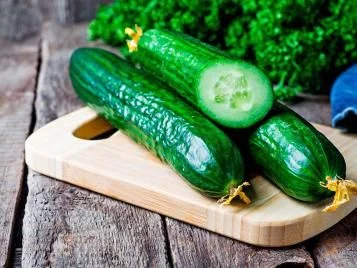
One highly recommended parthenocarpic variety is the Beit Alpha cucumber, which originates from Israel. This variety is prized for its high productivity and resistance to common cucumber problems like powdery mildew. If you’re looking for a low-maintenance cucumber that yields an abundance of crisp, delicious fruits, Beit Alpha is an excellent choice.
Growing Parthenocarpic Cucumbers in Isolation
One important thing to note about growing parthenocarpic cucumbers is that they must be grown in isolation. If they are cross-pollinated with other varieties, the fruit can become misshapen, bitter, and unappetizing. This means that if you have a small garden, it’s best to stick with only parthenocarpic varieties for the season. If you have a larger garden, you may be able to separate different cucumber varieties by a few hundred feet to avoid cross-pollination.
Maximizing Your Harvest
Whether you’re growing parthenocarpic, gynoecious, or regular monoecious cucumbers, there are a few additional steps you can take to ensure a bountiful harvest:
1. Succession Planting
Succession planting involves staggering the planting of your cucumber crops over time, so that as older plants die off, new ones take their place. This strategy ensures that you have a steady supply of cucumbers throughout the growing season. In areas with long growing seasons, like the southeastern coast of North Carolina, this can be particularly beneficial. By starting new plants every 6 to 8 weeks, you can keep your garden productive and avoid issues with pests and disease.
2. Harvesting Regularly
To keep your cucumber plants producing, it’s important to harvest the fruits while they are still young and tender. If you allow cucumbers to grow too large and start to turn yellow, the plant receives a hormonal signal that it has successfully set seed. At this point, the plant will stop producing new cucumbers and begin to die back. By picking cucumbers frequently, you can trick the plant into thinking it hasn’t finished reproducing, which will encourage it to produce even more fruit.
3. Use a Trellis System
Growing cucumbers vertically on a trellis helps improve air circulation around the plants, reducing the risk of disease. It also makes harvesting easier and ensures that the fruits grow straight. String trellises are particularly effective for cucumbers, as they allow the vines to climb without tangling.
Disease Resistance and Vigorous Growth
In addition to their high productivity, parthenocarpic cucumbers like Beit Alpha are known for their disease resistance. This variety, for example, is somewhat resistant to powdery mildew, a common issue in hot, humid climates. Despite heavy rains and challenging growing conditions, these plants continue to thrive and produce fruit. Their vigorous growth and resistance to disease make them a great choice for gardeners looking to minimize maintenance while maximizing yields.
Managing an Abundance of Cucumbers
If you follow these tips, you’ll likely find yourself with more cucumbers than you know what to do with. Many gardeners face this “problem” when growing parthenocarpic varieties. To avoid waste, consider sharing your harvest with friends and family or preserving the cucumbers by pickling them. Another option is to plant fewer cucumber plants next season if you don’t need such a large harvest.
Conclusion
Cucumbers can be tricky to grow, but with the right techniques and varieties, you can enjoy a massive harvest with minimal effort. Parthenocarpic cucumbers, in particular, are a game-changer for gardeners who want to grow highly productive plants without worrying about pollination. Whether you’re new to gardening or a seasoned pro, following these tips will help you grow the best cucumbers you’ve ever had.
Frequently Asked Questions
- What is the difference between monoecious and gynoecious cucumbers?
- Monoecious cucumbers produce both male and female flowers, while gynoecious cucumbers produce only female flowers.
- What are parthenocarpic cucumbers?
- Parthenocarpic cucumbers do not require pollination to set fruit. Every flower on the plant is female and produces fruit without the need for male pollen.
- Can I grow parthenocarpic cucumbers with other cucumber varieties?
- It is recommended to grow parthenocarpic cucumbers in isolation to avoid cross-pollination, which can result in bitter and misshapen fruit.
- How do I improve pollination for monoecious cucumbers?
- You can improve pollination by attracting more pollinators to your garden or hand-pollinating the flowers using a brush.
- What is succession planting, and why is it important?
- Succession planting involves planting new crops at intervals to ensure a continuous harvest. This is especially useful for cucumbers, as older plants may succumb to disease or pests.
- How often should I harvest cucumbers?
- Harvest cucumbers frequently while they are still young to encourage the plant to produce more fruit.
- What are some disease-resistant cucumber varieties?
- Beit Alpha cucumbers are known for their resistance to powdery mildew and other common cucumber diseases.

